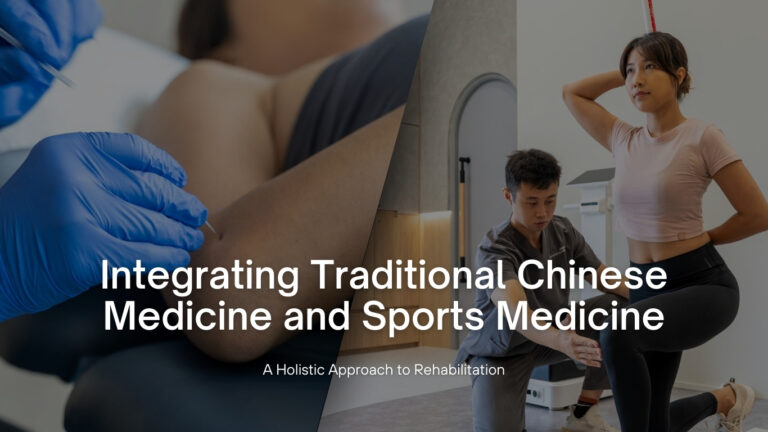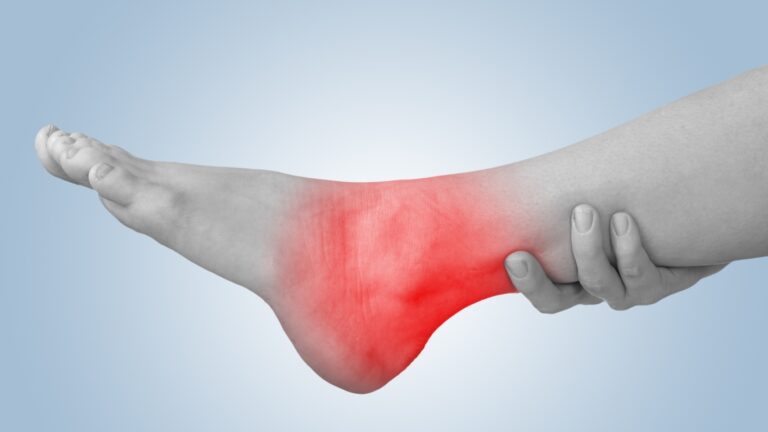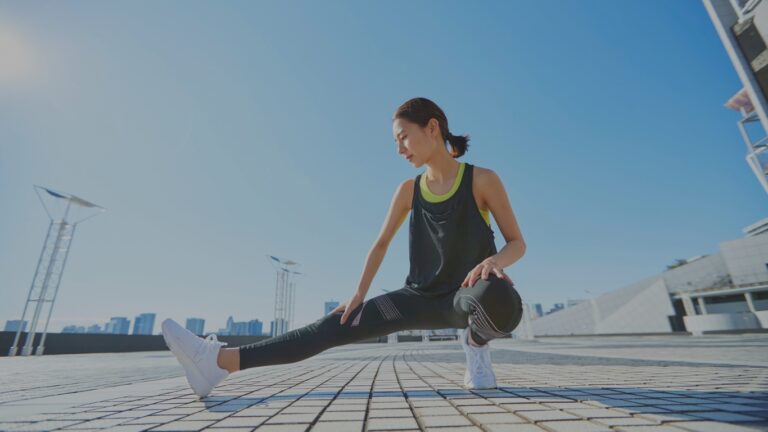

What is Holistic Sports Rehabilitation?
In modern rehabilitation medicine, holistic rehabilitation is a concept that is gaining increasing attention. It no longer focuses solely on pain, but instead takes into account the body as a whole. Muscles, bones, fascia, joints, nerves, and the circulatory system are all closely connected, and a local injury is often a sign of a deeper, systemic imbalance.
For example, many people experience chronic neck stiffness or lower back pain for years without finding lasting relief. In some cases, the root cause can be traced back to limited ankle mobility, which affects how the body distributes force and maintains posture. Over time, this leads to compensatory movement patterns and ongoing pain.
The Holistic View in Traditional Chinese Medicine (TCM)
Traditional Chinese Medicine has long embraced a deeper understanding of the body as a whole.
TCM refers to concepts such as “the unity of heaven and man”, “body and mind as one”, and “the meridian system as a whole”. According to this view, the internal organs, limbs, bones, qi, blood, and bodily fluids form a connected, dynamic, and balanced system. Pain in one area is often not merely a local issue, but a reflection of imbalances in the meridians, organ dysfunction, or stagnation of qi and blood.
TCM excels at addressing the root causes of health problems through systemic rebalancing, with the aim of restoring the body’s natural harmony. For example, neck and shoulder pain may be linked to liver qi stagnation or spleen deficiency. As a result, treatment goes beyond acupuncture or massage to include regulating the liver, harmonising qi, strengthening the spleen, and dispelling dampness. When combined with proper posture training, this approach is effective not only in relieving symptoms, but also in preventing recurrence.
Integrating TCM with Sports Medicine
As sports medicine continues to evolve, more TCM practitioners and physiotherapists are recognising how internal regulation through Traditional Chinese Medicine can complement external correction through rehabilitation. Together, these approaches offer a more comprehensive solution for managing chronic pain and sports-related injuries.
In clinical practice, integration methods include:
- Postural assessment and meridian-based diagnosis
Functional assessments such as static posture, gait analysis, and joint mobility tests are used to identify structural issues. These are complemented by Traditional Chinese Medicine diagnostic methods, including consultation, tongue and pulse analysis, and meridian pathway assessment to trace the root cause of the problem. - Acupuncture for relaxation and neural activation
TCM acupuncture is effective in quickly reducing muscle tension and improving circulation. When combined with rehabilitative techniques such as proprioceptive neuromuscular facilitation (PNF) and core stability training, it helps establish new neuromuscular pathways for long-term recovery. - Spinal alignment and fascial chain training
TCM manual therapies, such as tui na and bone setting, are used to correct joint misalignments. These are integrated with dynamic fascial chain training to restore postural stability, movement coordination, and functional balance. - Herbal medicine and exercise prescription
Chinese herbal medicine supports internal regulation by enhancing organ function, boosting metabolism, and dispelling dampness and cold. This works in tandem with personalised exercise programmes that help restore muscle function, build endurance, and prevent recurrence of injury.

How Can the Ankle Affect the Neck and Lower Back?
The human body is a dynamic biomechanical system. When one part becomes misaligned or restricted, other areas must compensate in order to maintain balance and function.
The ankle, as the body’s “foundation,” plays a crucial role in bearing weight and initiating movement during walking. If there has been a previous ankle sprain, unresolved injury, or reduced mobility, it can lead to poor foundational support. Over time, this can trigger compensatory patterns in the knees, pelvis, and spine, resulting in issues such as:
Facet joint dysfunction and muscle overuse in the lumbar spine, contributing to chronic lower back pain;
Overcompensation in the thoracic spine, leading to tension in the shoulders, stiffness in the cervical spine, and neck pain;
Postural imbalances, which may cause dizziness, headaches, and shallow breathing as secondary effects.
Because of these interconnected relationships, many chronic or persistent pain conditions require assessment starting from the feet upward. Adopting a holistic approach is essential for long-term recovery and restoring overall balance in the body.

The Future of Medicine Lies in Integration
Both Traditional Chinese Medicine and rehabilitation bring unique strengths. TCM emphasises the whole person and addresses internal causes, while sports rehabilitation focuses on structural and functional correction. Their integration is gradually transforming how we understand pain and healing.
The future of rehabilitation will move beyond isolated techniques, evolving into an integrated practice that harmonises internal and external systems, balances dynamic and static elements, and embraces holistic harmony across disciplines. Only by respecting the body’s needs as a whole can we achieve true rehabilitation not merely relief from pain, but a return to a free, healthy, and vibrant life.
